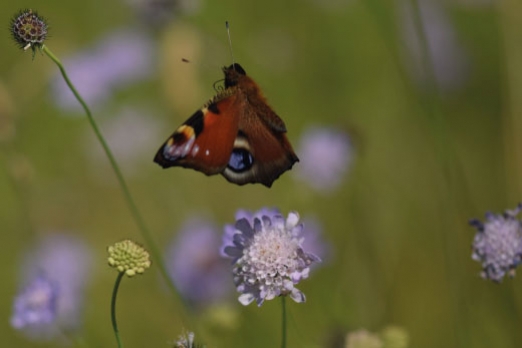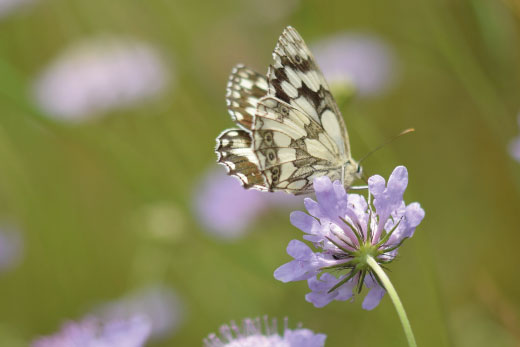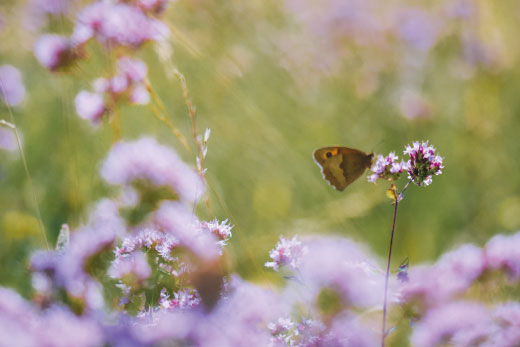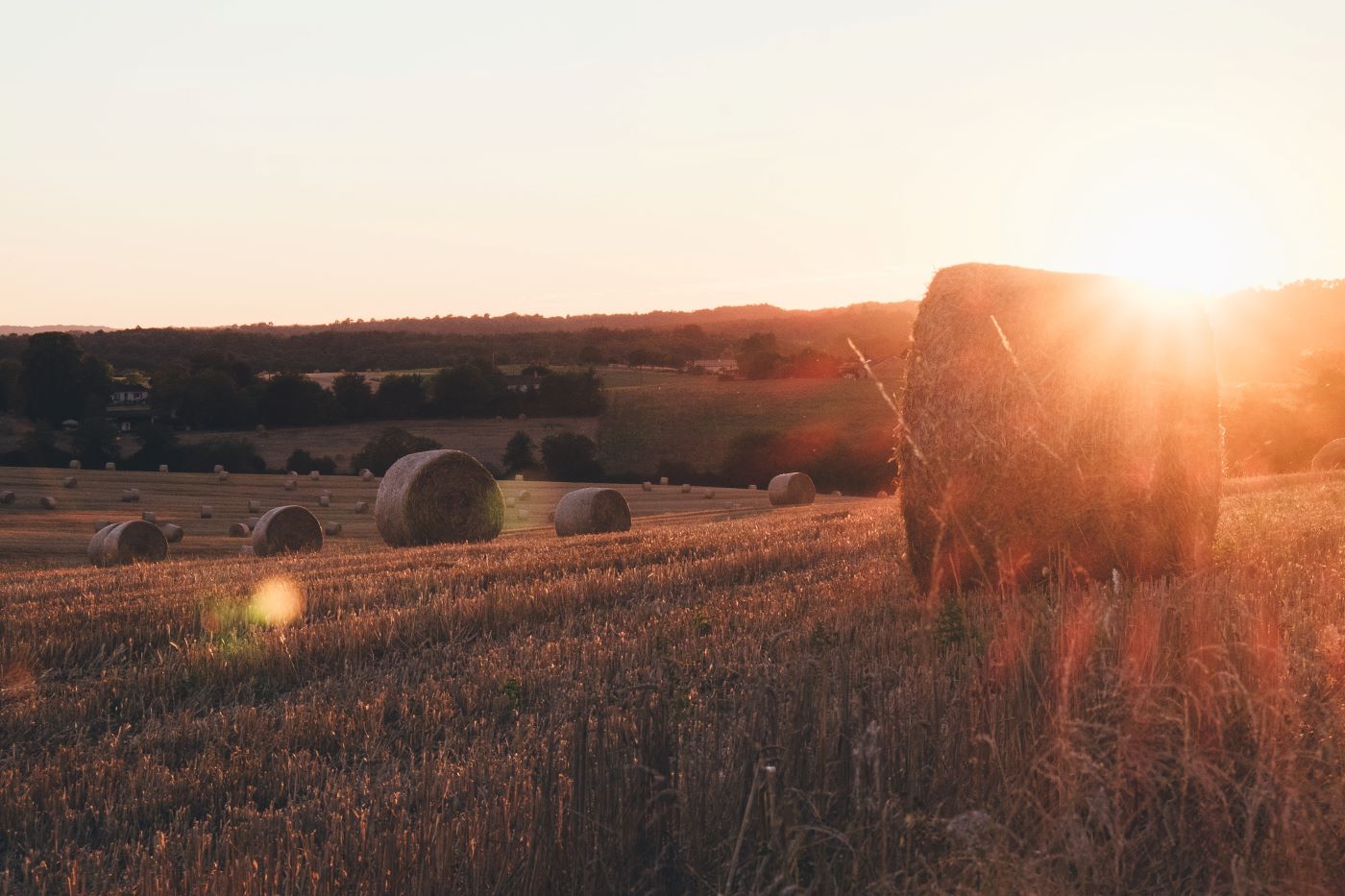CPRE volunteer Alienor Hammer on spending a day watching butterflies in the countryside
Butterfly watching: the perfect day out in the countryside
 A peackock butterfly
Photo: Alienor Hammer
A peackock butterfly
Photo: Alienor Hammer
Summer: a time where the sun, friends and family all come together to create great memories – or that’s what most of us are hoping for. We cast our minds back to when long school holidays seemed to give time a slower, magical aspect where possibilities are endless. And many of us resolve to leave our electronics behind, as we itch to explore and discover the outdoors.
There’s one summer activity that never disappoints: butterfly watching. A day gazing at the flutter of beautiful wings can entrance children and adults alike, sparking curiosity, excitement and happiness. But where to start?
The first step is to go for a walk, and find the nearest meadow or grassy area. These shouldn’t be too difficult to find, as they border woodlands and roads – it can be your local park if you’re in the city.
As you approach, you might wonder if it’s worth it. The grasses are quite high, and there might only be one or two butterflies visible. But the closer you get, the more nature seems to take over, and the more excited you feel. At some point, you’ll notice that the outside world has faded, as you’re met with an explosion of life. There are different sounds, intoxicating smells, and a myriad of colours. These sounds, smells and colours will all depend on what kind of grass you have walked into: whether the soil is calcareous (rich in lime), acidic, or neutral.
 A marbled white butterfly. Photo: Alienor Hammer
A marbled white butterfly. Photo: Alienor Hammer
Some of the richest grass can be found on calcareous soils, like those on chalk. You can recognise these by looking down, because the soils are quite white. The grasses are knee length, and tickle your legs as you walk in. The buzz of insects becomes noticeable. It smells like dry hay, and a hint of flowers. Not surprising, since there are patches of flowers here and there, like islands of colour in this sea of gold. Often, you will find pink and purple flowers, like wild marjoram, which attract a host of different insects, such as butterflies, bees and bumblebees.
As you take it all in, you notice the different butterflies. Some are bright, and jump out at you, like the peacock butterfly with its dark underwings, which provide a stark contrast to the light colours that surround you. You are enticed and start to approach it. You walk slowly, you try to be discreet. As a slight breeze blows, the field scabious the butterfly is on starts to bob around. The peacock butterfly lingers, also bobbing up and down with the flower, before suddenly flying off, towards another flower, not too far off. You follow. You get closer with every try, and suddenly it’s within grasp, half a metre away. The butterfly opens its wings ever so slightly, and the dark colours are replaced by a vivid red, speckled with black and iridescent blue. You’re captivated, so much so that you’re almost surprised when it flies off again.
Next, you notice white in the corner of your eye. You turn, and on a patch of wild marjoram, there it is. A beautiful black and white butterfly, the marbled white. It lives up to its name but looks so fragile. You walk towards it but it’s much more elusive than the peacock, so it takes more effort to keep up. After a while you give up to follow the small heath, a small brown butterfly with orange on the tip of its wings. There are so many you’re almost unsure which one you want to follow.
 A field scabious butterfly. Photo: Alienor Hammer
A field scabious butterfly. Photo: Alienor Hammer
It seems like just a few minutes have passed, but you realise you’ve been out for hours. The sun’s beating down, and you decide to seek shelter in the nearby woodland. You walk away and look back one last time on this seemingly quiet environment, knowing that it’s actually teeming with life, a kaleidoscope of shapes and colours that most people would walk by, unaware of its secrets.
I hope you’re convinced to try exploring the countryside with butterfly watching in mind. Discovering new places and discovering nature - isn’t that was summer’s for?
If you're unsure of the species you have encountered, this link might be helpful: https://butterfly-conservation.org/butterflies/identify-a-butterfly
More featured articles
-
We're making some changes2019-08-01Calling all graduates...2019-06-24Women countryside campaigners: the 1920s2019-01-31The landscapes they left behind2018-11-09A deposit return system for England2018-03-28Emma Bridgewater on CPRE's big ideas2017-07-24My England: the photographer’s vision2017-04-19Leicestershire: A Heritage at Risk2017-01-05And that’s a wrap!2016-12-23What next for rural England?2016-12-16Finding inspiration in the Green Belt2016-12-16Protecting our literary landscapes2016-12-07Celebrating 90 years of CPRE2016-12-07Web survey book winners announced2016-10-28Why we should buy locally produced food2016-09-27



